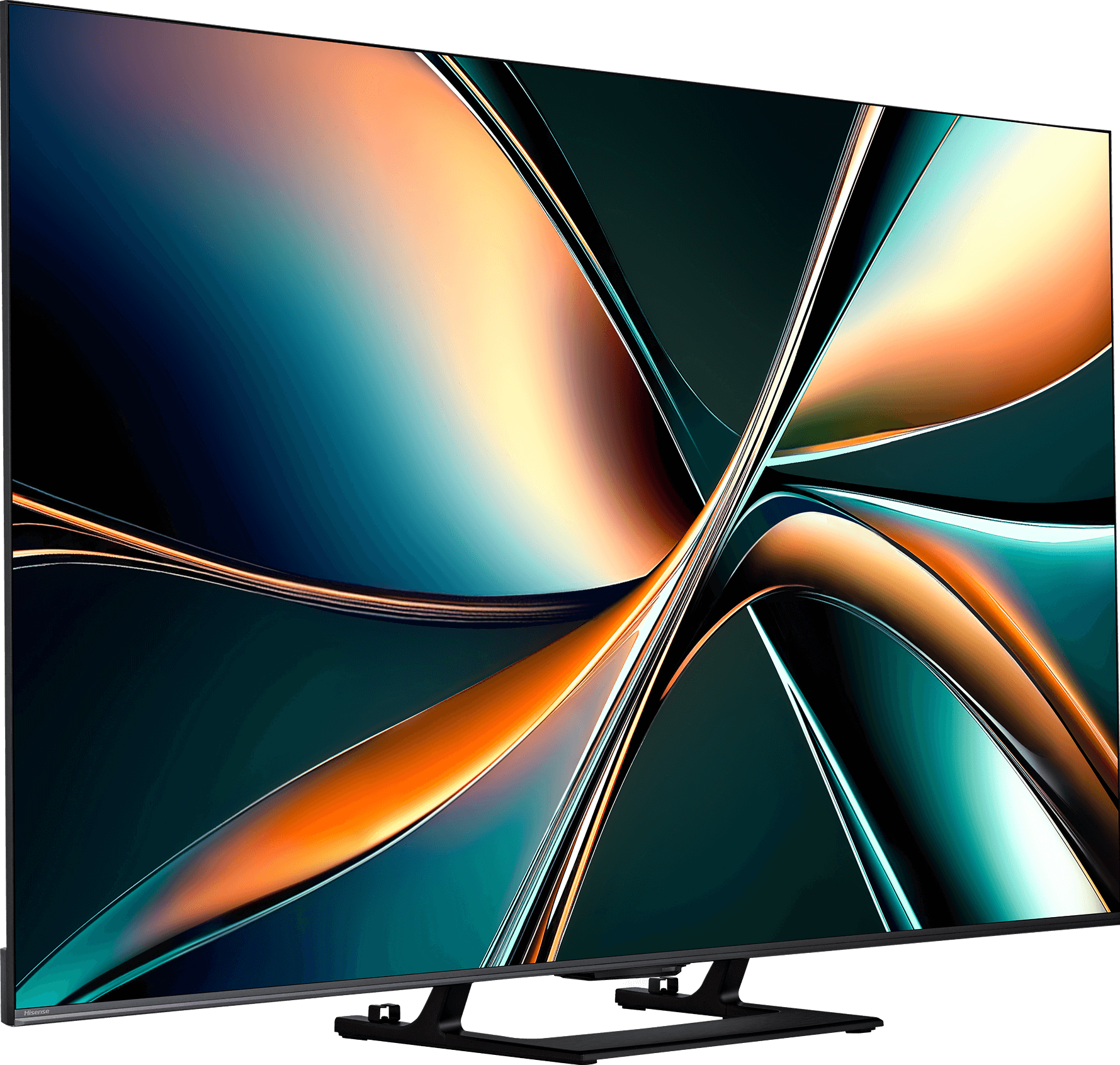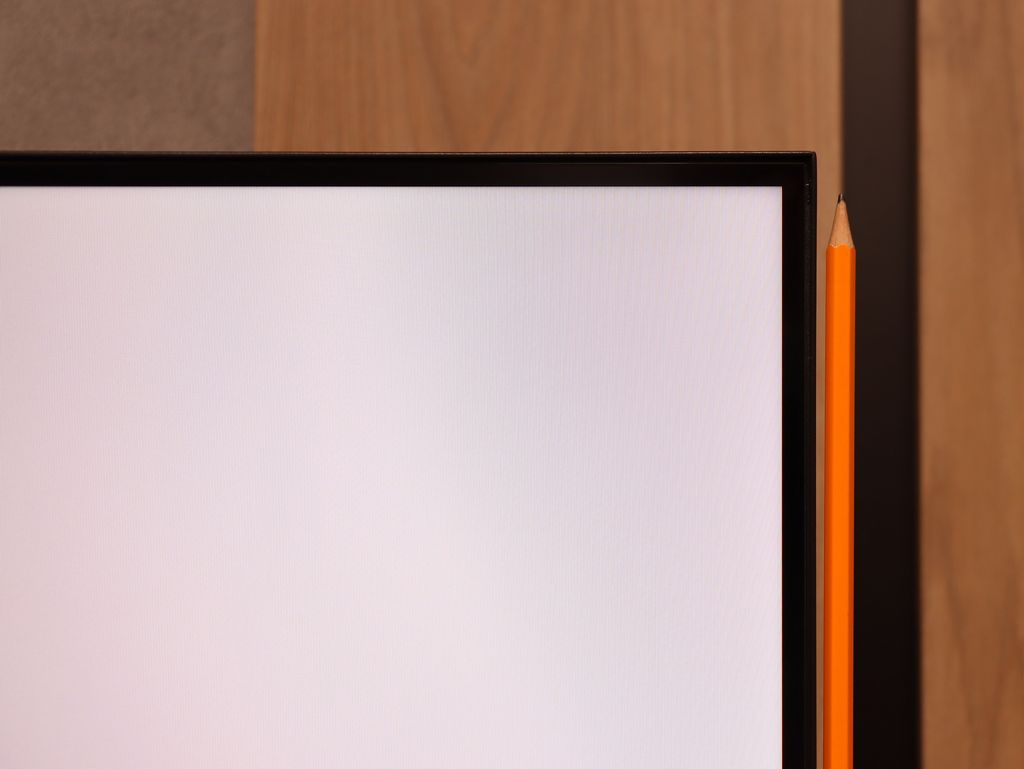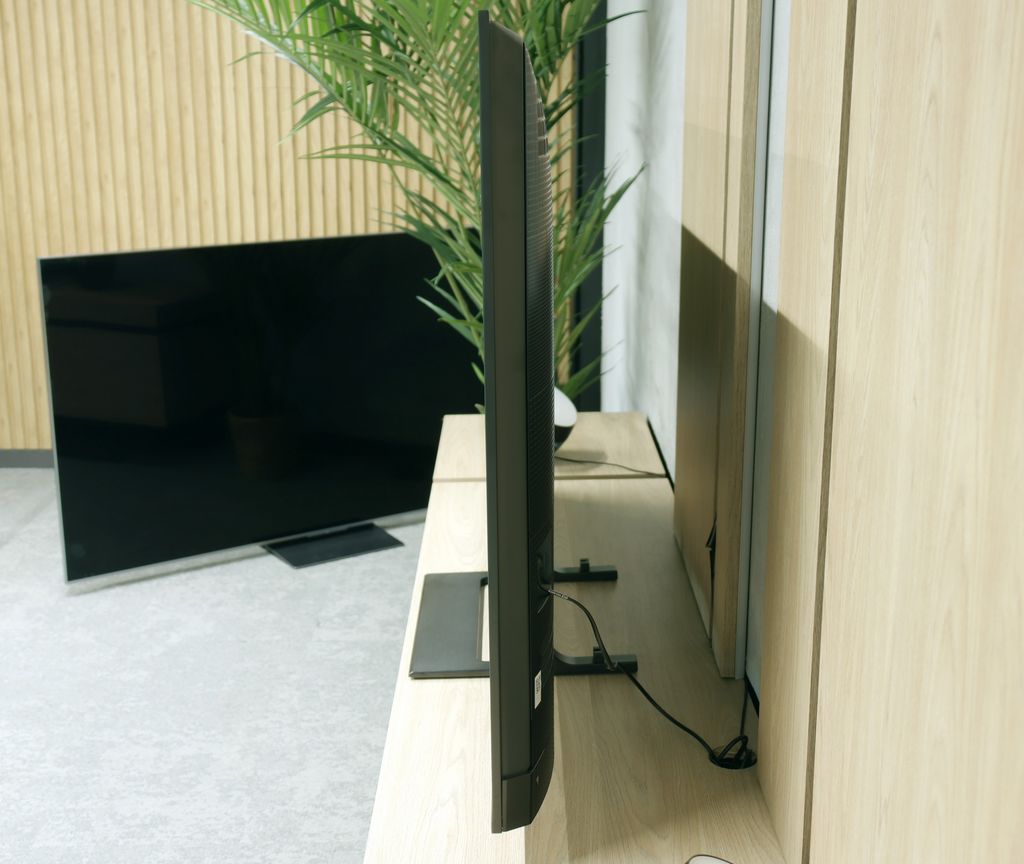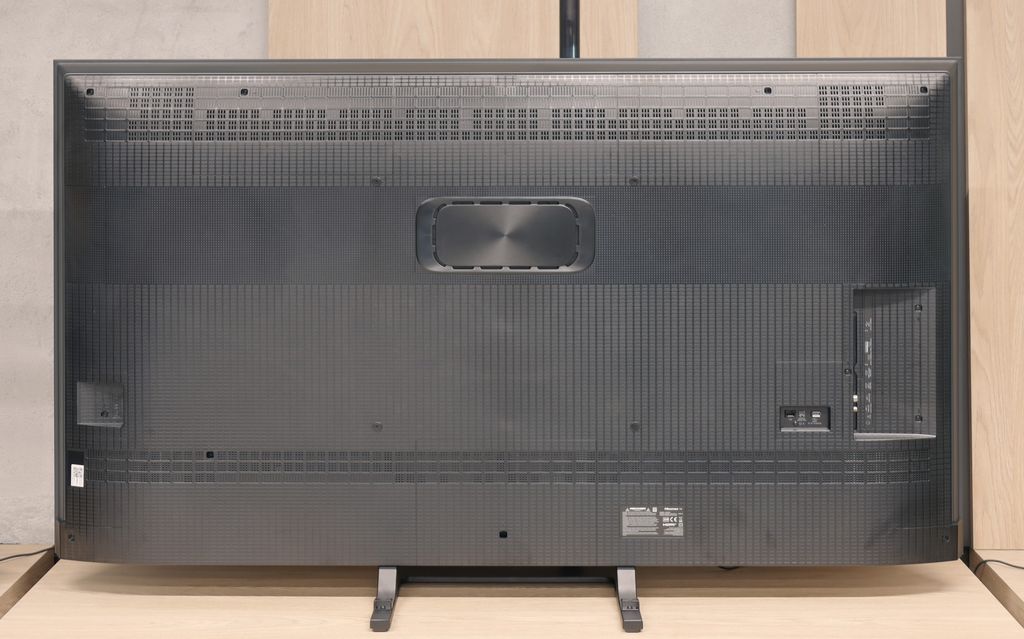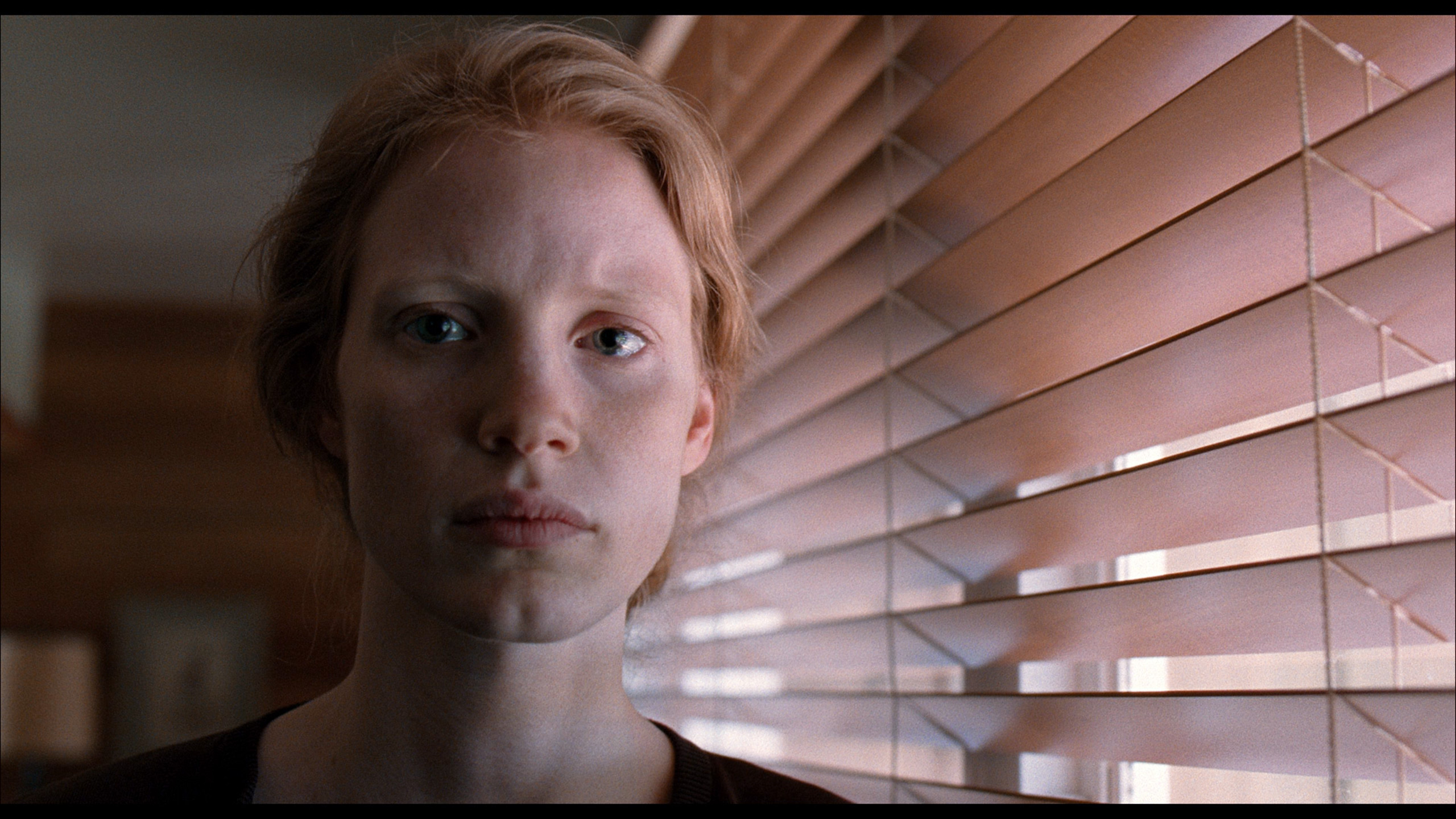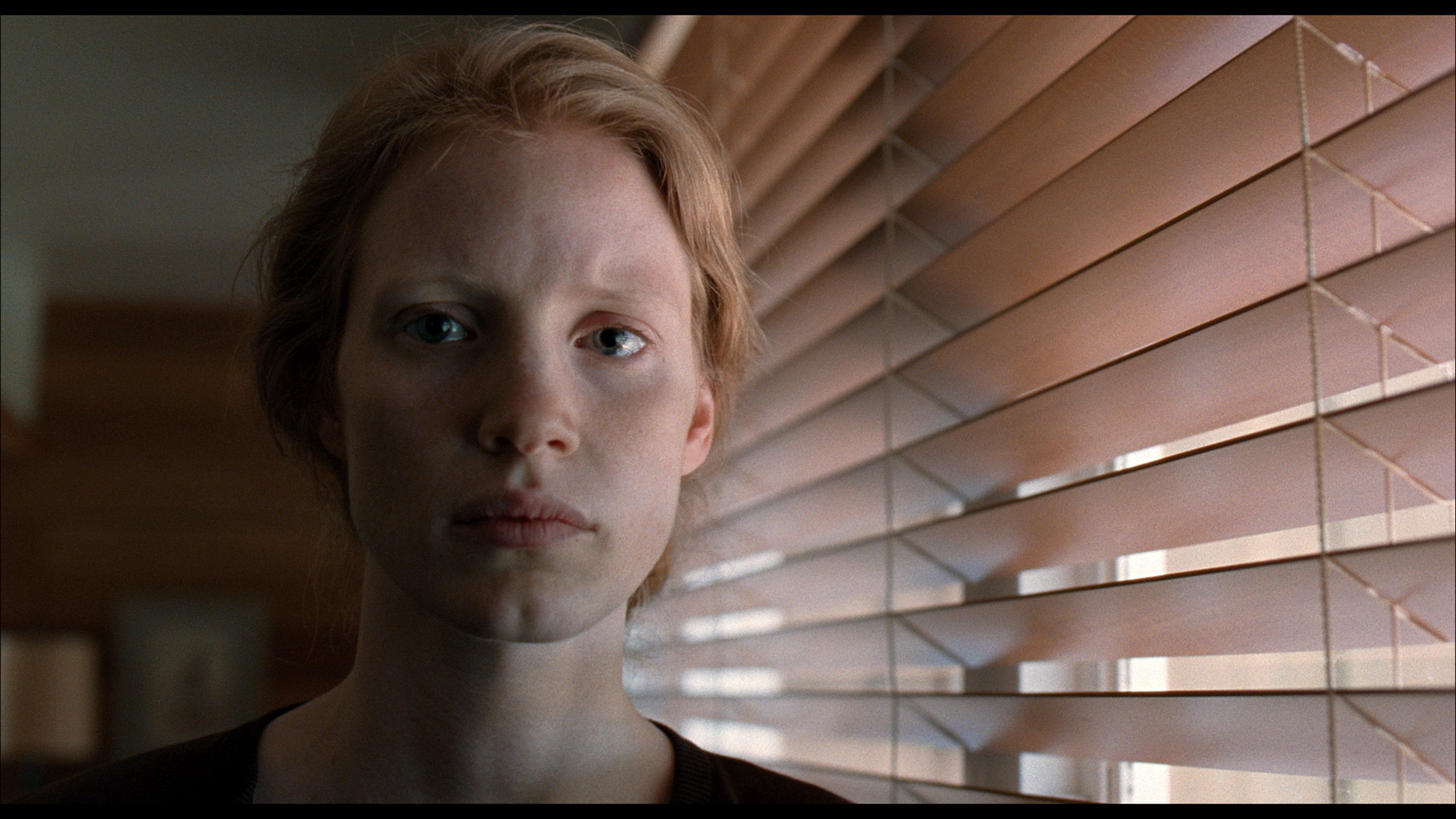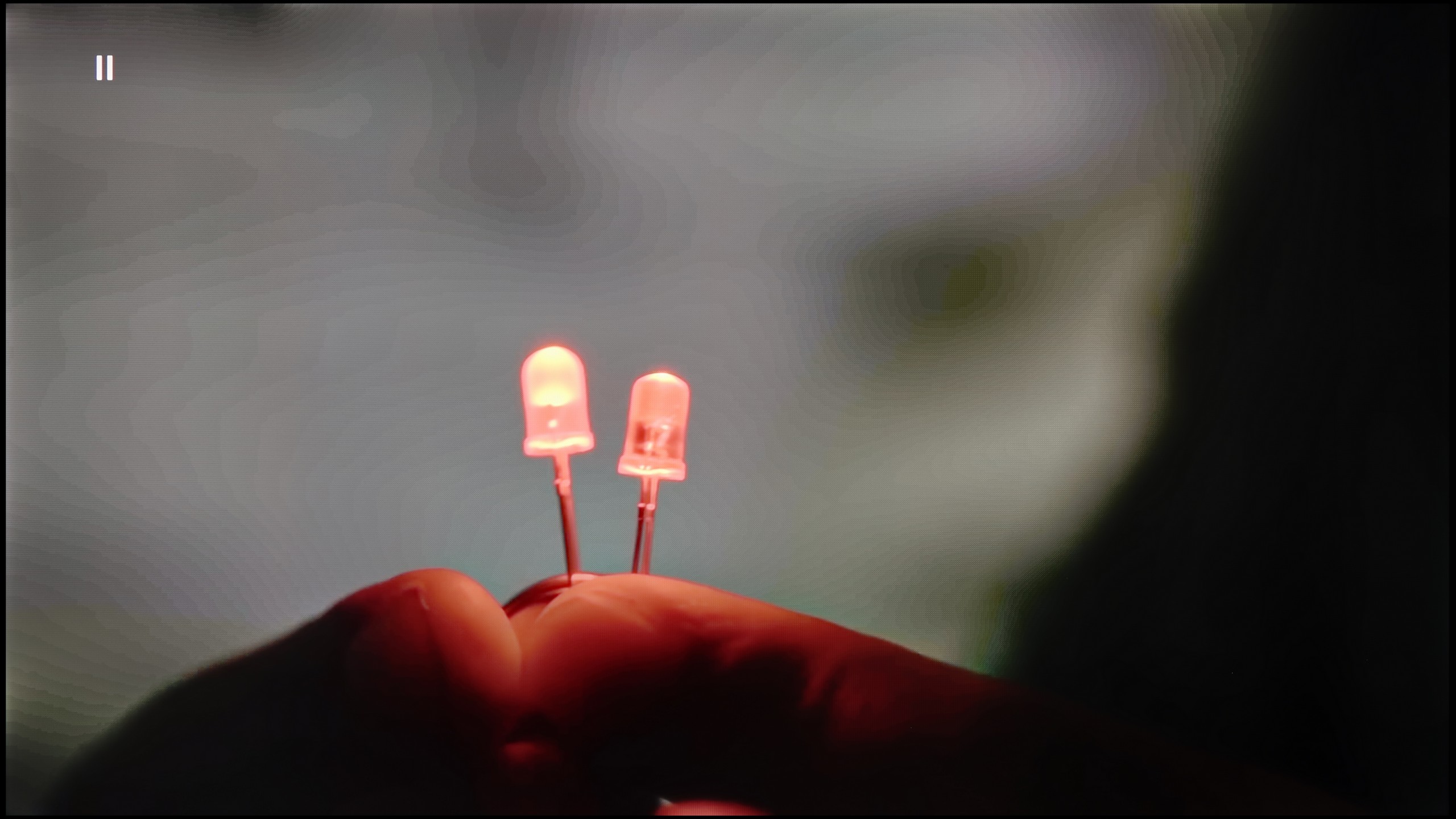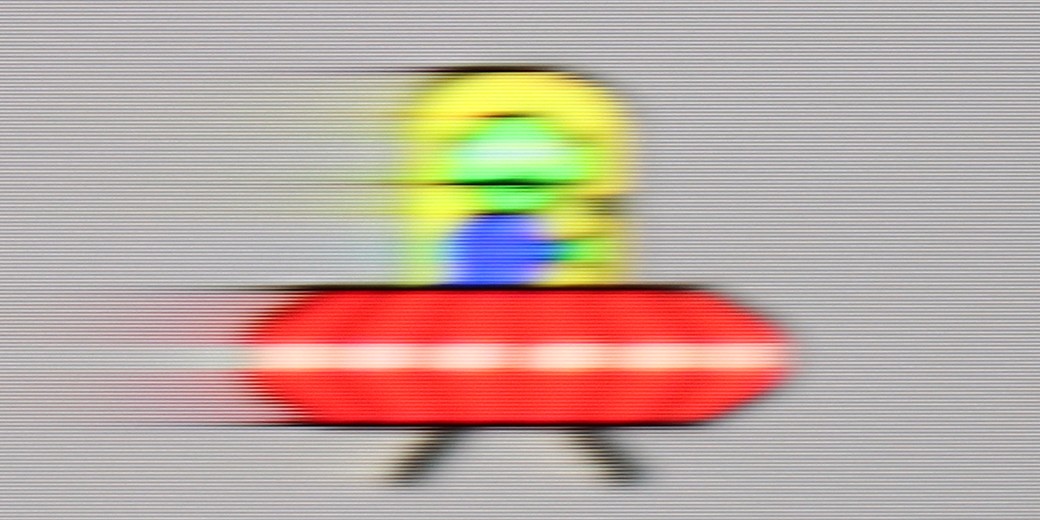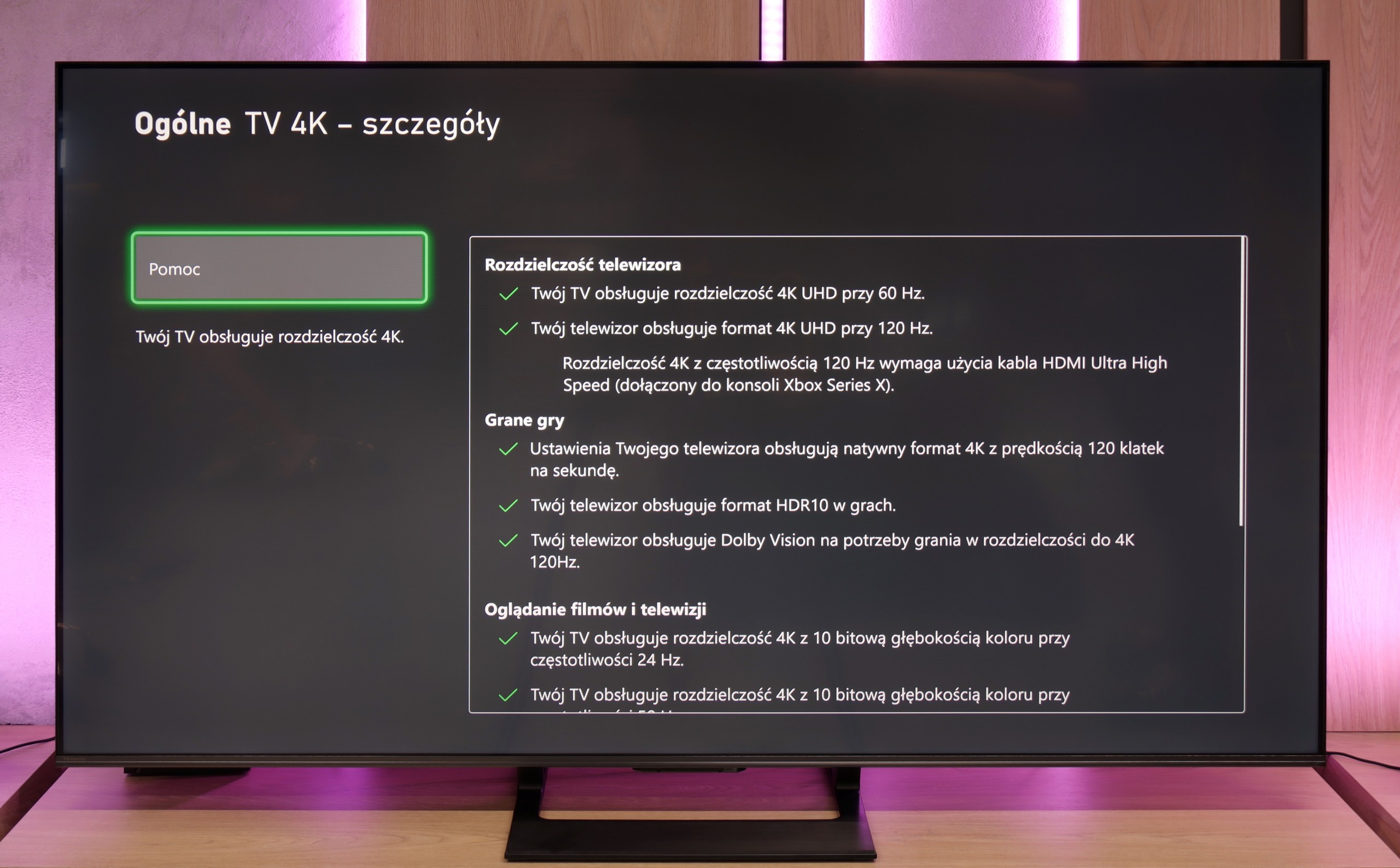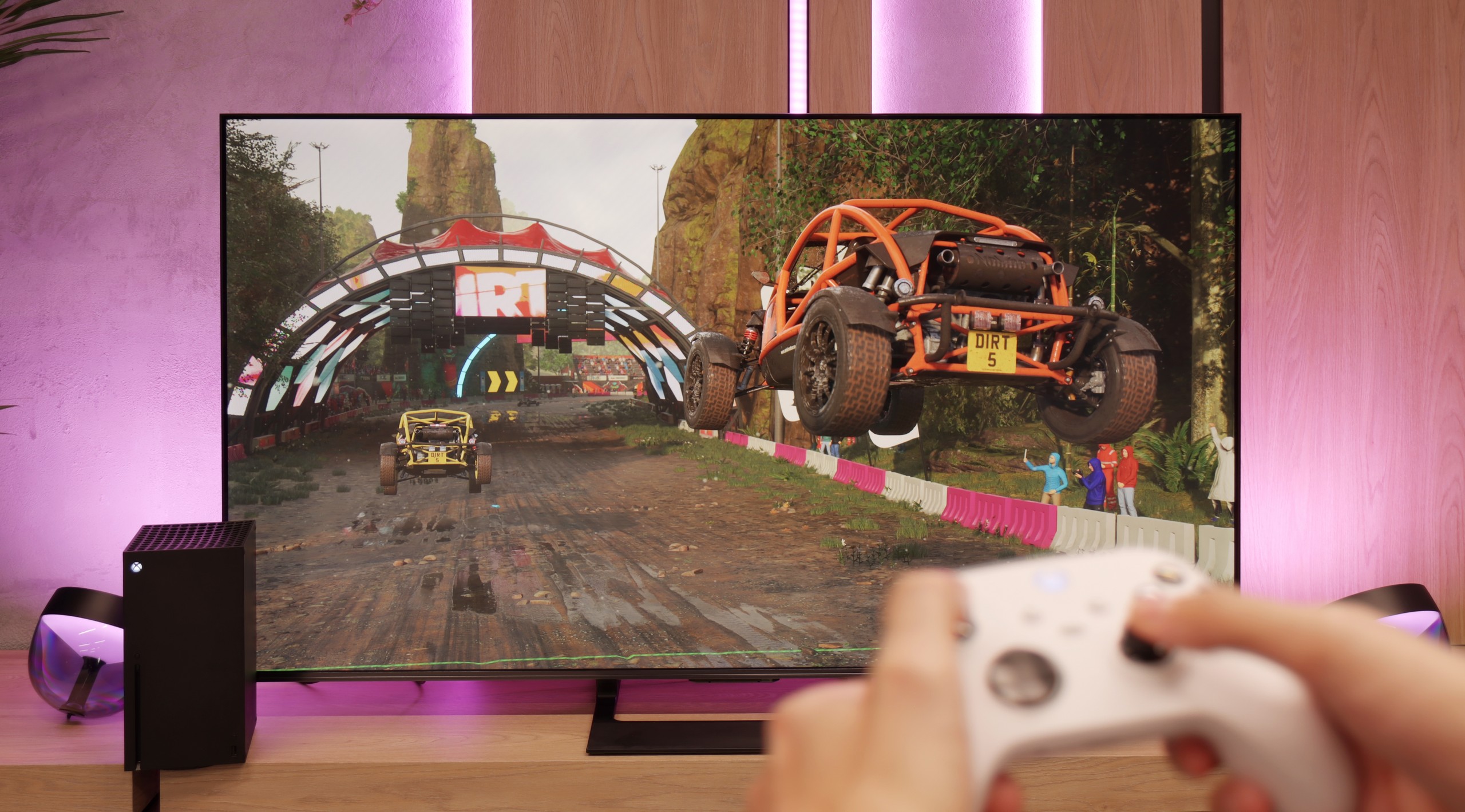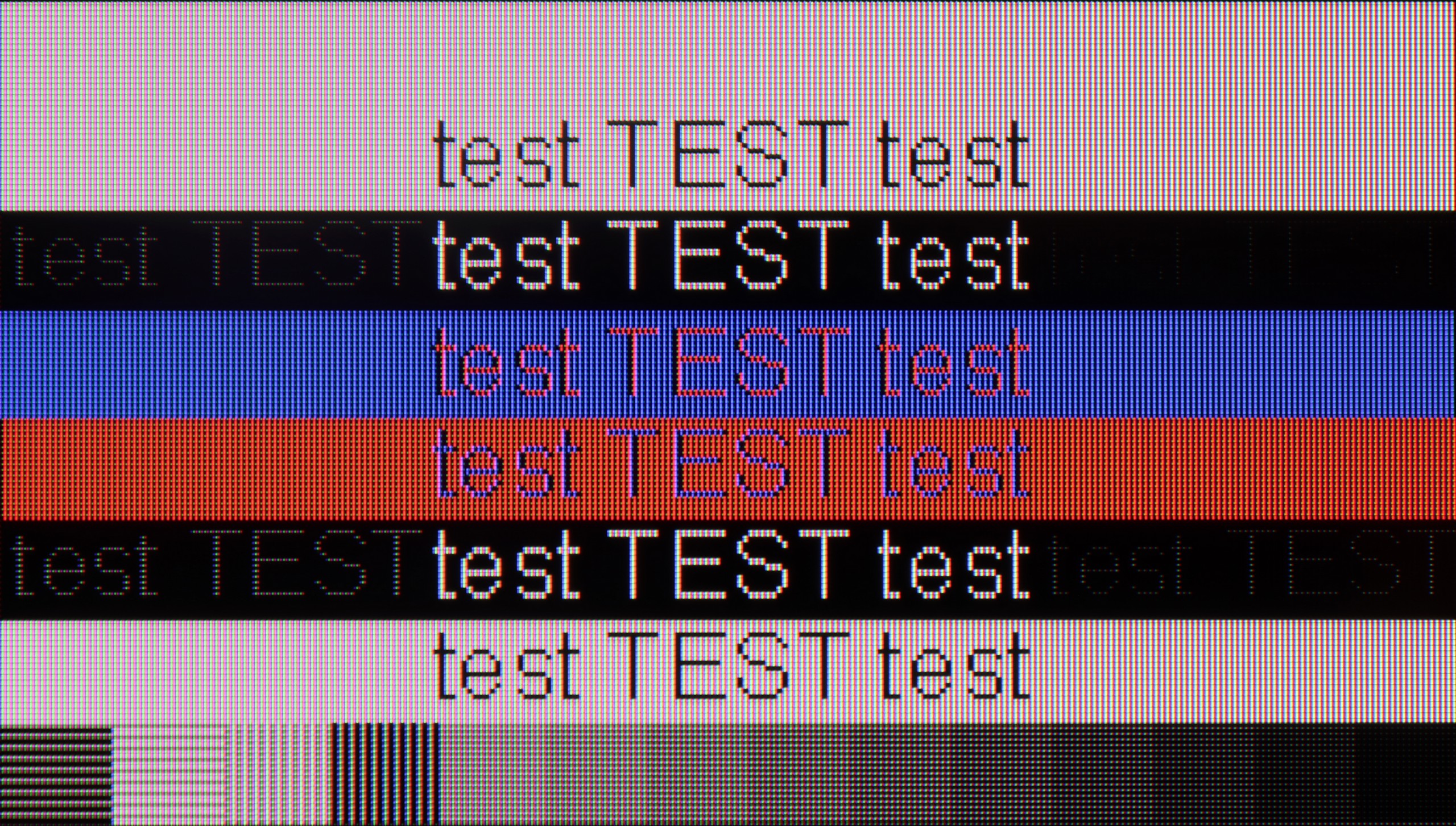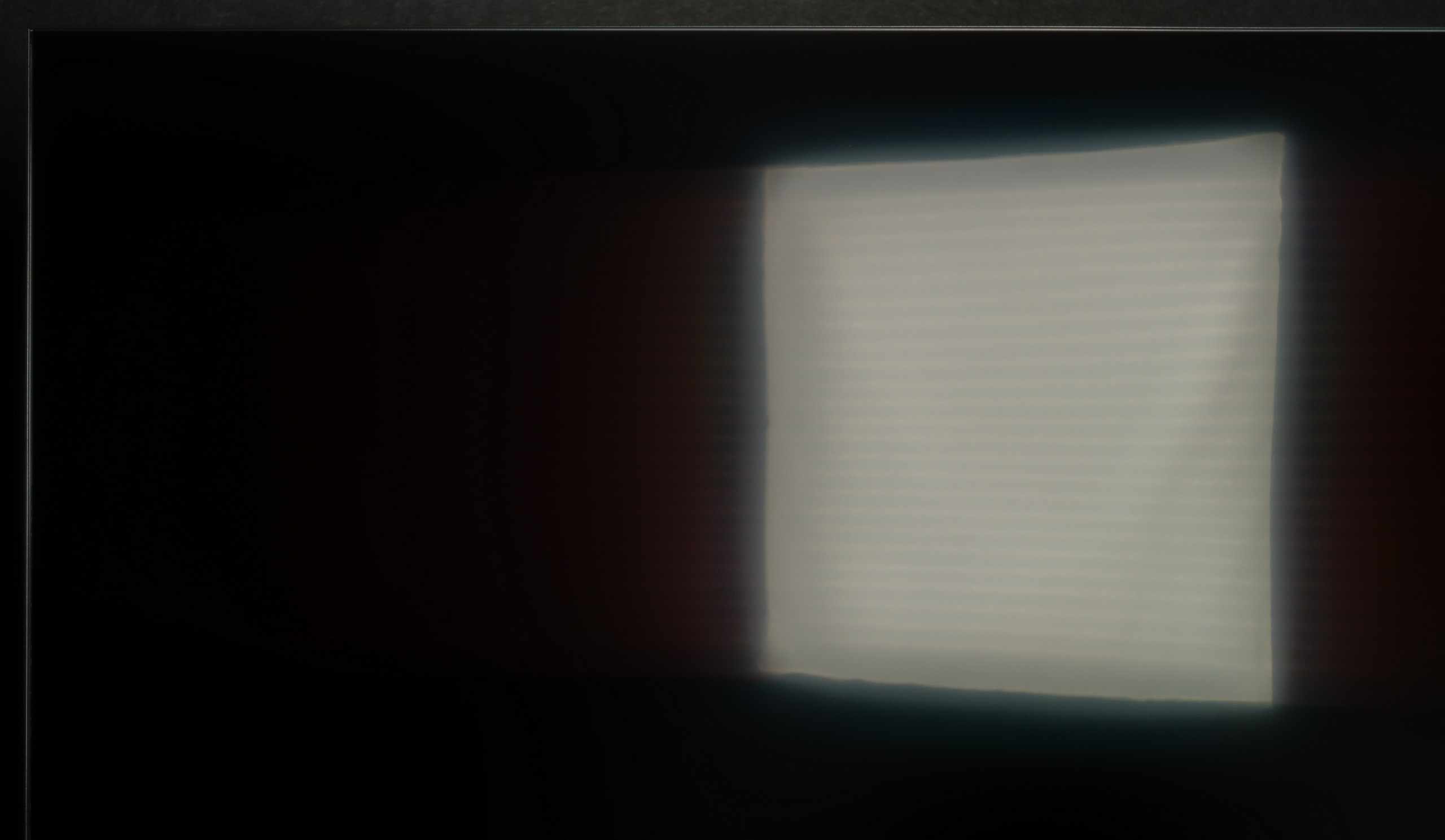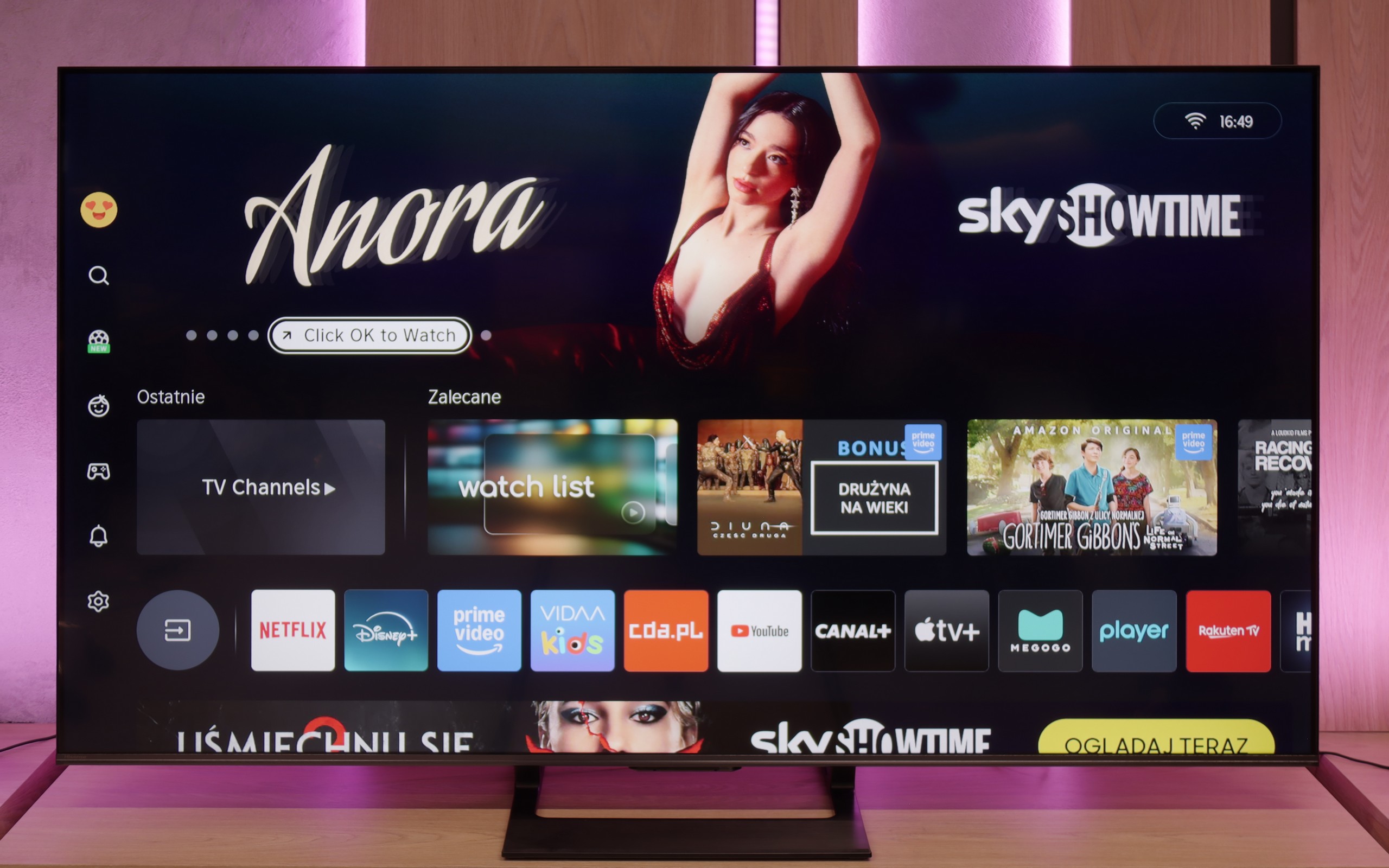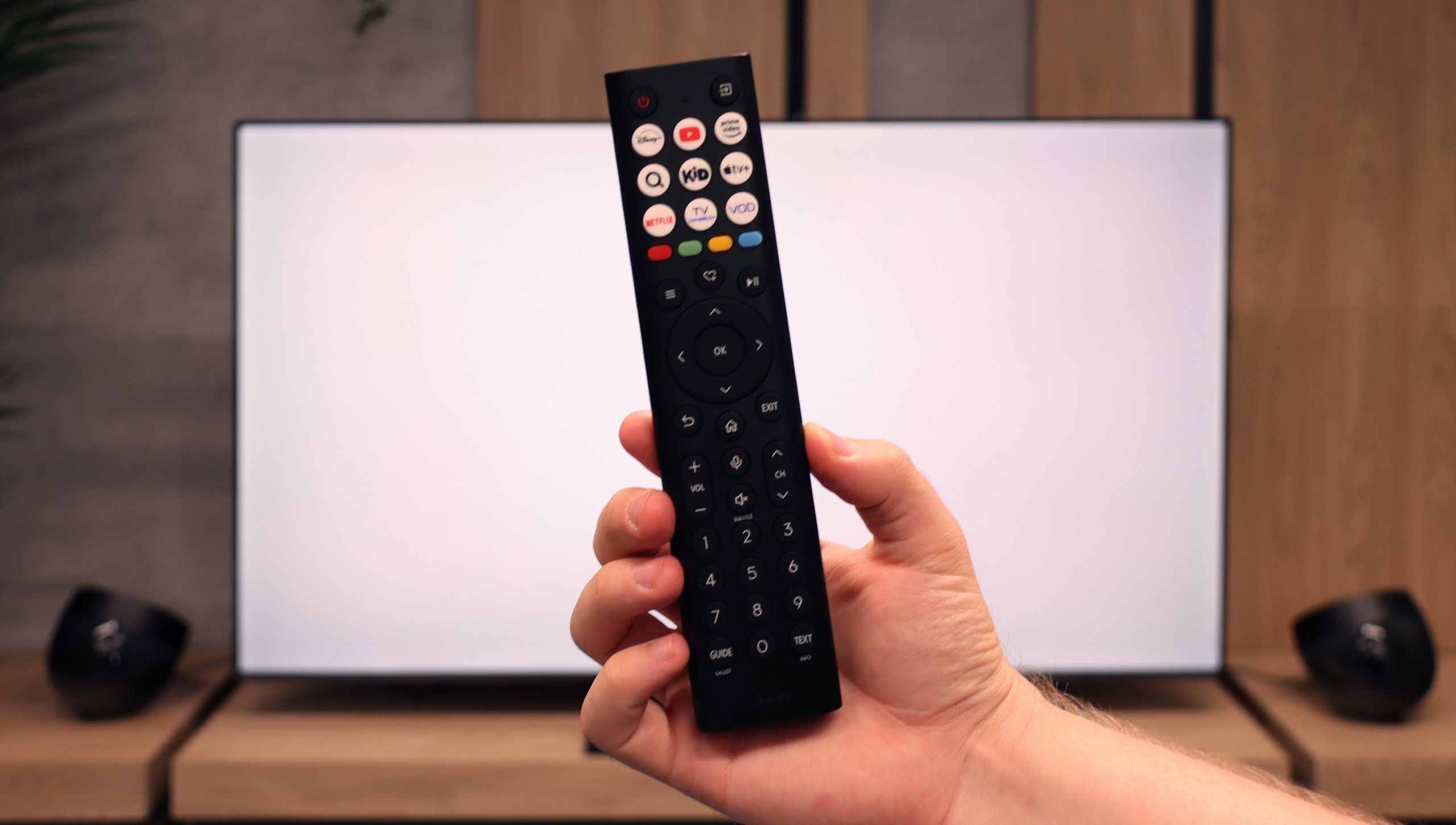The Xiaomi A Pro 2025 is a device that caters to the needs of many basic users. As one of the most affordable QLED TVs available, it offers a good balance between price and quality. One of its standout features is the Google TV system, which provides seamless access to a variety of apps and multimedia content. The intuitive interface makes it easy to navigate popular streaming platforms such as Netflix and YouTube. Voice control in Polish adds further convenience, allowing users to issue commands without manually navigating menus. The completely wireless remote enhances usability, removing the need to aim directly at the TV.
In terms of picture quality, the TV delivers solid performance for everyday viewing. It handles tonal transitions smoothly and processes lower-quality materials effectively, resulting in a pleasing image for standard television programmes. However, its limited brightness may affect performance in brightly lit environments—an expected compromise in this price range. The inclusion of a basic motion smoother allows for adjustable fluidity in movies and series, making it suitable for less demanding viewers in terms of motion handling.
That said, the TV’s 60 Hz panel and lack of advanced features may limit its appeal for those seeking higher performance. Its low input lag will appeal to occasional gamers, but the device falls short for PC connectivity due to poor font clarity, which makes text work less enjoyable. Additionally, while the operating system offers extensive functionality, its responsiveness could be better.
Despite these shortcomings, the Xiaomi A Pro 2025 remains a compelling choice for budget-conscious users seeking an affordable QLED TV with practical features and reliable performance for basic applications.

